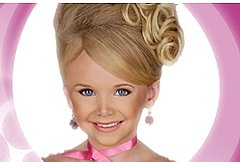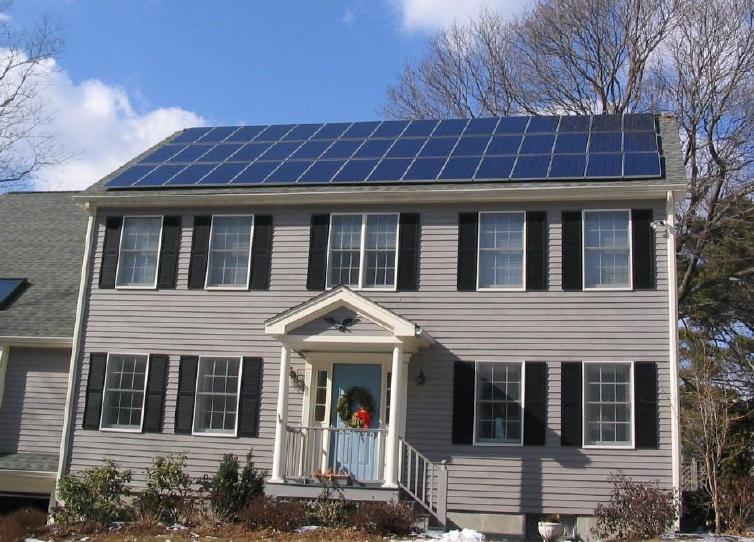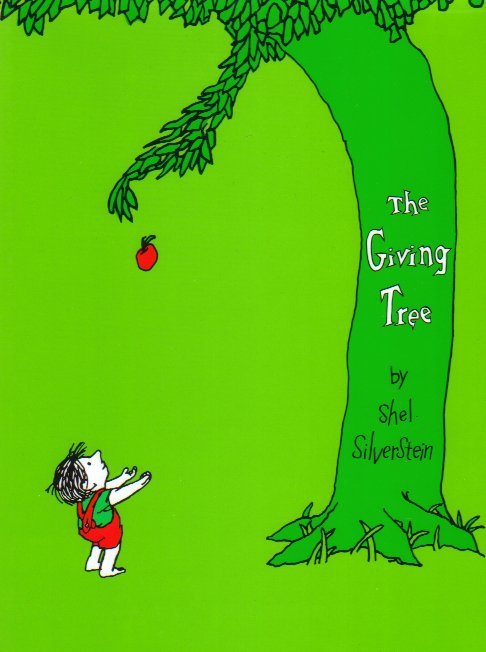But as I got older I realized the true meaning and understanding of the term.
Dictionary.com defines the term Tree Hugger as: –noun an environmentalist, esp. one concerned with preserving forests
In the last decade the Tree Hugger has become a trend that was new, fresh, inspiring and a little crazy. Protests with picket signs in streets and people posting up on the limbs of trees stubbornly not letting the rise of industrialization destroy the beautiful evergreen. Many thought this was a trend that would soon fade after the newness and excitement wore off; A trend, perhaps like the infamous Beanie Baby. My grandmother was one of these furry little stuffed creatures biggest fan. As a child, I just expected to be given a new animal for any holiday, event or celebration. And every beanie baby that my grandmother bought for me, she also got one for herself. I remember her telling me; in a way to reason why she was so head over heels for these things, "Now I’m telling you, these things are collector’s items. They will be worth something some day. Just you wait". What a trend. My grandmother spent 5-10$ on each of these stuffed animals and 10 years later they were sold out of my garage for a nickel a piece.
However, unlike the beanie baby trend, the Tree Hugger trend brought with it the sense of responsibility in citizens to make choices that are sustainable. Maybe it seems a little overboard to sit on the branch of a tree and protest, but this trend gives other options for people to make the small changes in their lives to live more sustainable and environmentally friendly. The website
http://www.treehugger.com/ provides tons of information about sustainable living and making environmentally friendly choices along with current news and stories about green living.
One article I particularly liked was by Kathryn Siranosian, who spoke about the Top 10 New Green Ideas to Watch in 2010... and here they are
"1. Alternative Measures of Prosperity
France’s Joie de Vivre Index, initiated by President Nicolas Sarkozy, is intended to provide a better assessment of well-being than the classic measure of economic health, the GDP (e.g., it considers indicators such as health care and family relationships). Sarkozy has urged other G20 leaders to adopt new indices, too. Look for more countries or companies to embrace alternative measures of prosperity, such as the Triple Bottom Line of people, profits and planet. (Hmmm…People, profits, planet? Sounds familiar.)2. Alternative Metals in JewelryWith gold prices volatile in recent years, Asian jewelry makers are turning instead to precious metals like palladium and titanium.
China’s imports of palladium, which is cheap, durable and lightweight, have been rising steadily. Look for more jewelry manufacturers to choose it over gold.3. Buycotting The opposite of a boycott, a buycott is
supported by consumers who make a conscious effort to buy from
companies whose environmental and social policies they support. Examples: Canadian supporters of Israel prompted a buycott of Israeli products; people who agreed with Whole Foods CEO John Mackey’s ideas on health care countered a boycott of the store with a buycott last summer.4. Dry Shampoo Women are discovering dry shampoo—which removes oil and build-up from hair sans water—as an on-the-go solution for busy schedules, after-work refreshing, and anytime between regular washes. Exposure is spreading through new
Sephora distributions, celebrity stylist Rachel Zoe and reality TV star Heidi Montag, who has a product line in the works.5. Energy Dieting The recession has prompted more businesses and consumers to put themselves on an “energy diet” (buying more energy-efficient machines, keeping lights off longer, etc.). As they
rack up savings—and come to think of themselves as more green—this practice will become habit. (This is Mack’s favorite green idea on the list because it represents an unintended environmental benefit from an otherwise dismal recession, she says.)6. Green RetrofitsThe
retrofitting of homes and buildings to make them more energy efficient will ramp up. In the U.S., tax credits and stimulus money for this purpose will help drive change. For instance, California has allocated as much as $3.1 billion to cut residential power needs, including retrofitting programs. Changes in regulations are also helping to motivate commercial landlords and developers, plus green buildings can command higher prices and tend to move faster.7. Greening the PalatePeople will become increasingly aware of the impact their food choices make on the environment, well beyond local sourcing issues. Some foods (notably red meat) have a much bigger carbon footprint than others; some choices are better in terms of water consumption; and foods with palm oil are being linked to rainforest destruction. In Sweden, which is formulating dietary guidelines that take emissions into account, some restaurants and food manufacturers are already listing emissions information. (Related to Number 64 on JWT’s list: Nutrition-Washing. Much as “greenwashing” has made consumers skeptical about brands’ environmental claims, shoppers will increasingly take
health messaging with a grain of salt, JWT predicts.)8. Hand-Me-Ups More people will start “handing up” their cell phones, digital cameras, computers and other electronic gadgets to their parents when they want to upgrade. The older items are often easier to master for those interested only in these tools’ basic functions.9. Return of the Water Fountain The water fountain is undergoing a resurgence and redesign as people seek alternatives to single-use plastic bottles. New water-refilling stations charge a small fee for replenishing reusable bottles. Several so-called
HydraChill stations, installed in London in October, charge 20 pence, which goes to an environmental group.(Public water fountains? I see this in direct correlation with Number 67 on JWT’s list:
Pandemic Fatalism.)10. The Waterless Washing Machine Using nylon polymer beads, which pull stains off fabric, this machine requires just a cup of water. It saves energy as well because the clothes come out virtually dry,and there’s little need for a dryer. The washers, developed by U.K. company
Xeros, will initially be marketed to commercial laundry operations, beginning in 2010."
Interesting!
 Ultimately, people will become more engaged in the workplace if the company stands for a purpose and provides activities where people can connect their work to what matters in their life and what makes them happy. A business that promotes sustainability engages employees to get involved in more than a monetary gain. People do believe that the environment is in crisis, they do want to help and they do want to learn more about the issue. A company that provides this for their employees will improve engagement and better their business.
Ultimately, people will become more engaged in the workplace if the company stands for a purpose and provides activities where people can connect their work to what matters in their life and what makes them happy. A business that promotes sustainability engages employees to get involved in more than a monetary gain. People do believe that the environment is in crisis, they do want to help and they do want to learn more about the issue. A company that provides this for their employees will improve engagement and better their business. 































_B.jpg)

